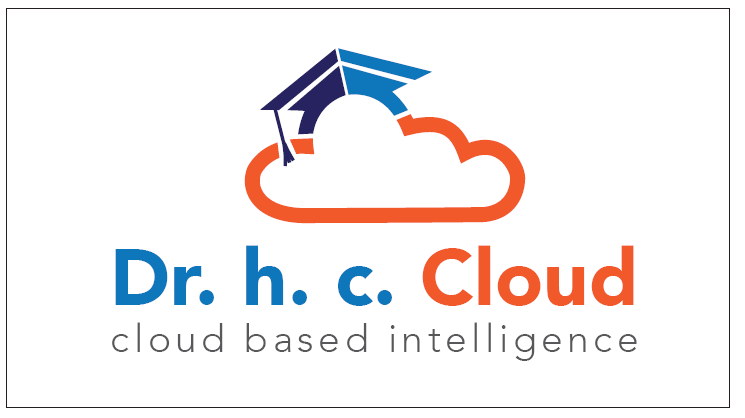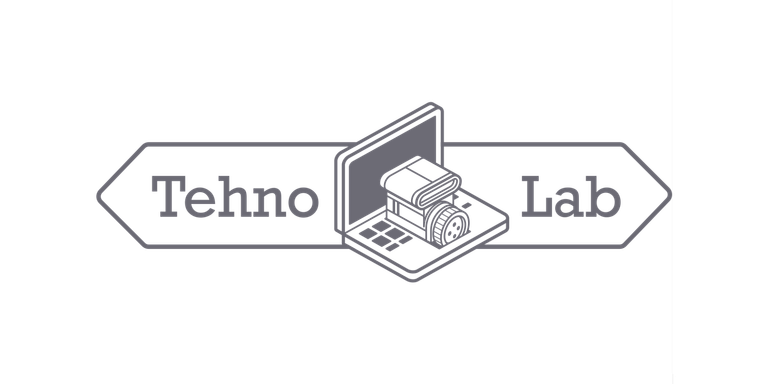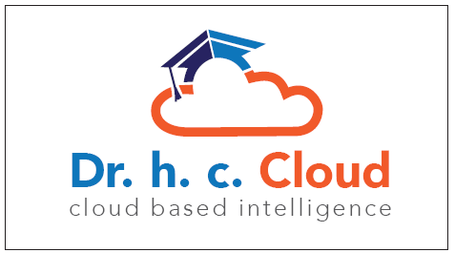
Ihr Unternehmen verdient es, sicher und jederzeit handlungsfähig zu sein. DrHcCloud berät sie gerne
Unsere Kunden
Experts at work





Experts at work
Cloud Based Computing
Cloud-based computing, or cloud computing, refers to the delivery of computing services over the internet ("the cloud"). These services include servers, storage, databases, networking, software, analytics, and intelligence. Here's a detailed breakdown:
Key Characteristics of Cloud-Based Computing:
On-Demand Self-Service:
- Users can access computing resources such as server time and network storage as needed automatically without requiring human interaction with each service provider.
Broad Network Access:
- Services are available over the network and accessed through standard mechanisms that promote use by heterogeneous thin or thick client platforms (e.g., mobile phones, tablets, laptops, and workstations).
Resource Pooling:
- The provider's computing resources are pooled to serve multiple consumers using a multi-tenant model, with different physical and virtual resources dynamically assigned and reassigned according to consumer demand.
Rapid Elasticity:
- Capabilities can be elastically provisioned and released, in some cases automatically, to scale rapidly outward and inward commensurate with demand. To the consumer, the capabilities available for provisioning often appear to be unlimited and can be appropriated in any quantity at any time.
Measured Service:
- Cloud systems automatically control and optimize resource use by leveraging a metering capability at some level of abstraction appropriate to the type of service (e.g., storage, processing, bandwidth, and active user accounts). Resource usage can be monitored, controlled, and reported, providing transparency for both the provider and consumer of the utilized service.
Types of Cloud Services:
Infrastructure as a Service (IaaS):
- Provides virtualized computing resources over the internet. Examples include Amazon Web Services (AWS), Microsoft Azure, and Google Compute Engine. Users can rent virtual machines, storage, and networks.
Platform as a Service (PaaS):
- Provides a platform allowing customers to develop, run, and manage applications without the complexity of building and maintaining the underlying infrastructure. Examples include Google App Engine, Microsoft Azure, and AWS Elastic Beanstalk.
Software as a Service (SaaS):
- Delivers software applications over the internet, on a subscription basis. Examples include Google Workspace (formerly G Suite), Microsoft Office 365, and Salesforce.
Benefits of Cloud Computing:
Cost Efficiency:
- Reduces the capital expense of buying hardware and software and setting up and running on-site datacenters.
Scalability:
- Easily scale up or down based on the demand, providing flexibility to handle traffic spikes and growth.
Accessibility and Collaboration:
- Provides access to applications and data from any location and device with an internet connection, facilitating remote work and collaboration.
Reliability:
- Cloud computing offers data backup, disaster recovery, and business continuity to ensure data safety and availability.
Performance:
- Major cloud services run on a worldwide network of secure datacenters, which are regularly upgraded to the latest generation of fast and efficient computing hardware.
Security:
- Many cloud providers offer a set of policies, technologies, and controls that strengthen your security posture overall, helping protect data, apps, and infrastructure from potential threats.
Use Cases of Cloud Computing:
Data Storage:
- Storing, backing up, and recovering data. Example: Dropbox, Google Drive.
Big Data Analytics:
- Analyzing large datasets to gain insights and make better decisions. Example: AWS Big Data Solutions.
Web and Mobile Applications:
- Hosting and scaling applications. Example: AWS Elastic Beanstalk, Google App Engine.
Disaster Recovery:
- Solutions to protect data and applications from outages. Example: Azure Site Recovery.
Cloud-based computing has revolutionized the way businesses and individuals access and utilize computing resources, making IT infrastructure more flexible, scalable, and accessible. For more information, you can visit Microsoft Azure or Amazon Web Services.
